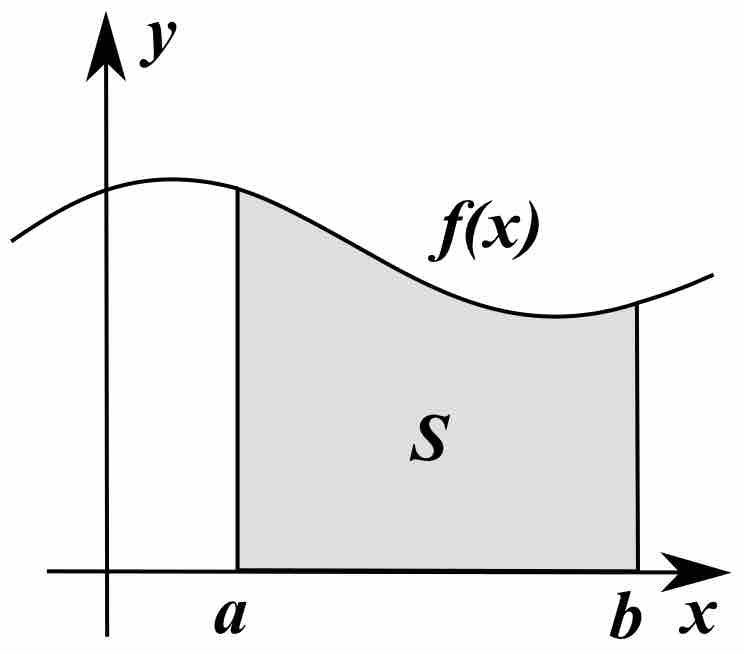Integration is the basic operation in integral calculus. While differentiation has easy rules by which the derivative of a complicated function can be found by differentiating its simpler component functions, integration does not, so tables of known integrals are often useful. We also may have to resort to computers to perform an integral.
Integration Using Tables
A compilation of a list of integrals and techniques of integral calculus was published by the German mathematician Meyer Hirsch as early as in 1810. More extensive tables were compiled in 1858 by the Dutch mathematician David de Bierens de Haan. A new edition was published in 1862. These tables, which contain mainly integrals of elementary functions, remained in use until the middle of the 20th century. They were then replaced by the much more extensive tables of Gradshteyn and Ryzhik. Here are a few examples of integrals in these tables for logarithmic functions:
You can certainly see that these integrals are hard to do simply "by hand."
Integration Using Computers
Computers may be used for integration in two primary ways. First, numerical methods using computers can be helpful in evaluating a definite integral. There are many methods and algorithms. We will briefly learn about numerical integration in another atom. Second, there are several commercial softwares, such as Mathematica or Matlab, that can perform symbolic integration.

Integration
Numerical integration consists of finding numerical approximations for the value
Example: Mathematica's symbolic integration produces the following result:
These programs know how to perform almost any integral that can be done analytically or in terms of standard mathematical functions.